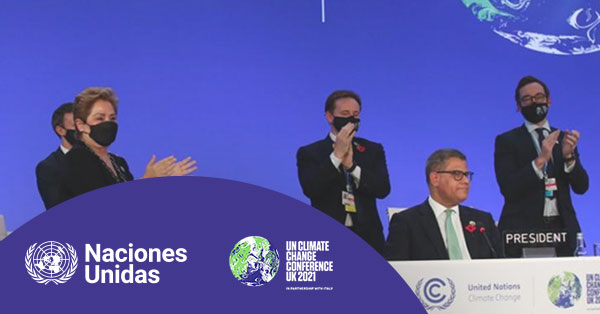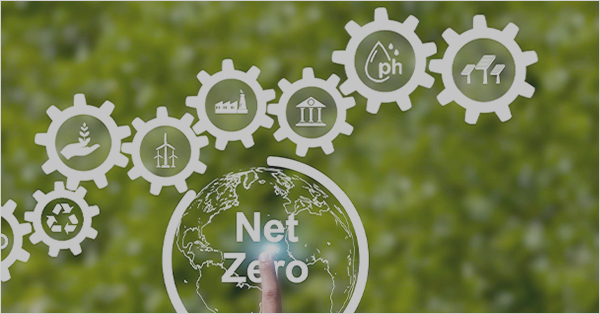
Is evident the growing relevance of the financial sector in delivering the public and private commitments necessary to limit global warming within the levels set in the Paris Agreement and confirmed with the Glasgow Climate Pact.
Certainly, on Finance day at COP26 – for the first time ever! – with global political, policy and business leaders set to discuss the role of money in achieving net zero around the world. Governments, Central Banks and international supervisors and regulators, development finance institutions, international banks and finance institutions came together for a full day “with such a clear common purpose: To deliver the promise, made in Paris six years ago, to direct the world’s wealth to protect our planet.” (UK Chancellor speech at COP26 in Glasgow – 3 November 2021).
The challenge is to deploy the investment needed to deliver net zero or carbon neutrality targets around the world. The aim of the day was to discuss how the financial sector can support the achievement of the Paris Agreement goals by channelling finance towards low carbon activities, while managing the financial risks posed at the same time by the impacts of climate events (both chronic changes and extreme events) and the necessary transition away from economic activities that are no longer compatible with limiting the global temperature rise.
In this regard, significant commitments were made by the public sector in order to promote the mobilization of capital necessary to support the transition to more sustainable economic models:
• Regulators and supervisors have made significant progress in understanding the risk posed by climate change to the stability and efficient functioning of financial markets. The NGFS celebrated reaching 100 members and has been setting up risk management instruments (scenario analysis, stress testing), and launched a pledge to action for all its members.
• Transparency and disclosure requirements for climate exposure are becoming increasingly common in many jurisdictions – and mandatory in a few countries such as UK, France and New Zealand- and IFRS launched a new Standard Body – ISSB – which is supported by IOSCO and merges two existing sustainability reporting framework towards a harmonized international standard.
• Central banks have started to incorporate issuance targets into their own operations, thus monetary policy will also change.
• From the donor community, there’s been a sober assessment of the efforts made so far and the failure to meet the objective of $100 billion/year in climate finance from developed to developing countries by 2020, with the main shortcomings stemming from private resources mobilization. However, the OECD estimates that the 100 billion goal will be met and surpassed by 2023, mainly because of new commitments announced at COP26, especially for adaptation and resilience finance, and a new emphasis towards the use of development finance as a catalyzer of private sector resources.
Moreover, the private sector was very vocal at COP26 with the launch of the largest coalition to date of financial institutions committed to reach net zero emissions – the Glasgow Financial Alliance for Net Zero (GFANZ). Spearheaded by Mark Carney, the coalition summed commitments by more than 500 financial institutions – including asset owners, investment managers and banks – controlling a gross total of $130 trillion. These institutions – which in the case of Latin America include Bradesco, Banorte, Bancolombia, Itau, Promerica, BancoEstado – pledged to develop business models aligned with the 1.5C temperature increase target set in the Paris Agreement, setting and reporting against both short and medium term targets for emission reduction. GFANZ will monitor, collect and report this collective effort on annual basis, measuring progress and gradually increasing ambition.
Moreover, as central banks begin to more actively monitor climate-related financial risks, companies will need to demonstrate their ability to understand and manage these risks. Physical impacts of climate change are increasingly material and immediate source of risk for businesses. In the absence of climate policies, banks’ expected losses would continue to increase non-linearly over time due to the irreversible nature of climate change.
Broader ESG criteria are coming to the fore, with deforestation and biodiversity as some of the main issues. More than 30 financial institutions have committed to eliminate from their portfolios agricultural commodities that cause deforestation by 2025. This is part of a broader focus on “A” issues beyond climate and a shift towards more sustainable production.
The post-COP26 changes in the financial sector are shaping up to be monumental, reflecting a unified sense of urgency, but also the gravity of the challenges ahead.







 Stay updated on the latest trends of Green Finance
Stay updated on the latest trends of Green Finance


